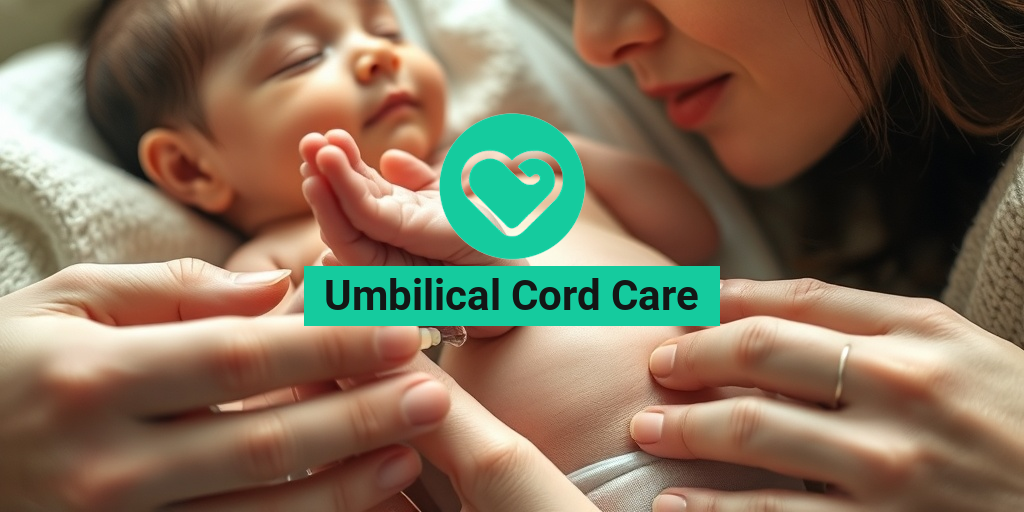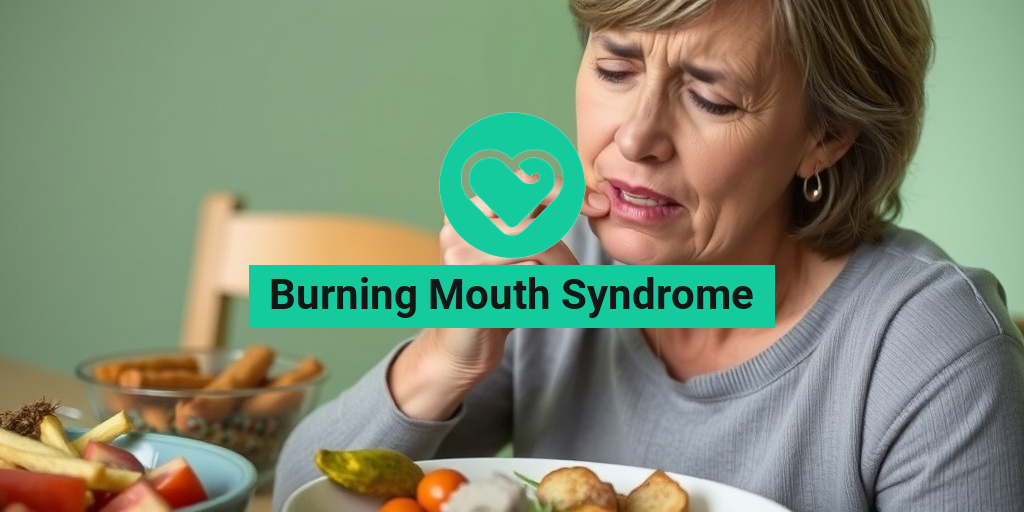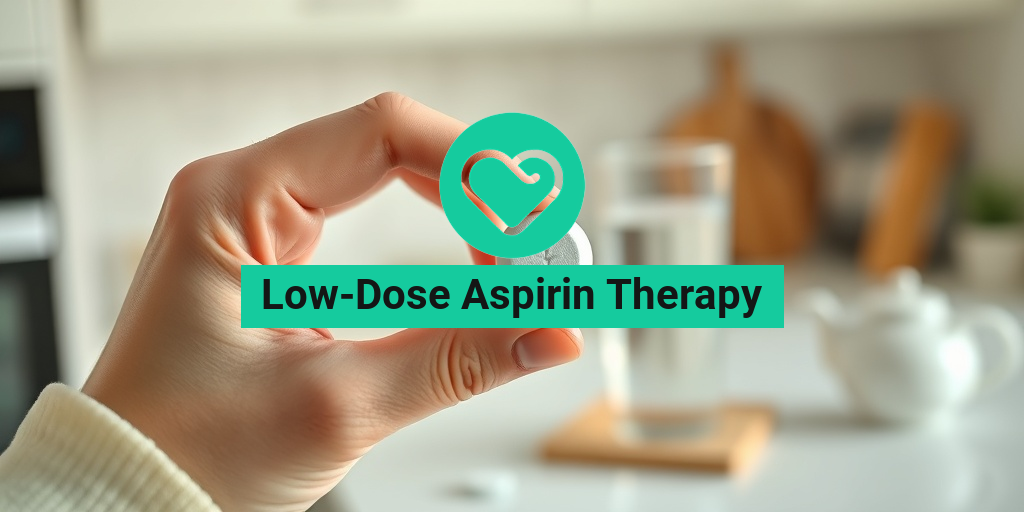What Is Umbilical Cord Care?
Umbilical cord care refers to the practices and procedures involved in maintaining the health and hygiene of a newborn’s umbilical cord stump after birth. The umbilical cord is a vital lifeline that connects the fetus to the placenta, providing essential nutrients and oxygen during pregnancy. After birth, the cord is clamped and cut, leaving a small stump that typically falls off within one to three weeks. Proper care of this stump is crucial to prevent infections and ensure a healthy transition for your newborn.
Understanding the Umbilical Cord Stump
The umbilical cord stump is a remnant of the cord that once connected your baby to you. It is usually about 1-2 inches long and will gradually dry out and fall off on its own. During this time, it is important to keep the area clean and dry to promote healing. Umbilical cord care involves several key practices that parents should follow to ensure their baby’s safety and well-being.
Common Practices in Umbilical Cord Care
- Keep it clean: Gently clean the stump with a soft cloth and water. Avoid using alcohol or other harsh substances unless advised by a healthcare professional.
- Keep it dry: Allow the stump to air dry as much as possible. Avoid covering it with tight clothing or diapers that may trap moisture.
- Watch for signs of infection: Look for redness, swelling, or discharge around the stump. If you notice any of these signs, consult your pediatrician.
- Let it fall off naturally: Do not pull or tug at the stump. It will fall off on its own when it is ready.
Importance of Umbilical Cord Care
Proper umbilical cord care is essential for several reasons. Understanding its importance can help parents feel more confident in their ability to care for their newborn.
Preventing Infections
One of the primary reasons for diligent umbilical cord care is to prevent infections. The stump is a potential entry point for bacteria, and if not cared for properly, it can lead to serious complications. Keeping the area clean and dry minimizes the risk of infection, ensuring your baby remains healthy during this vulnerable time.
Promoting Healing
Just like any other wound, the umbilical cord stump requires proper care to heal effectively. By following recommended care practices, you can help the stump dry out and fall off naturally, which is a sign of healthy healing. This process is crucial for your baby’s overall health and development.
Building Parental Confidence
Understanding how to care for the umbilical cord can empower new parents. Knowledge about umbilical cord care helps alleviate anxiety and uncertainty, allowing parents to focus on bonding with their newborn. Resources like Yesil Health AI can provide evidence-based answers to any questions you may have, ensuring you feel supported in your parenting journey.
Establishing Healthy Habits
Practicing good umbilical cord care sets the stage for other health and hygiene practices as your baby grows. It teaches parents the importance of cleanliness and attentiveness to their child’s needs, which is vital for their overall well-being.
Conclusion
In summary, umbilical cord care is a critical aspect of newborn care that every parent should prioritize. By keeping the stump clean and dry, watching for signs of infection, and allowing it to fall off naturally, you can ensure a healthy start for your little one. Remember, if you have any concerns or questions, resources like Yesil Health AI are available to provide you with reliable information. Your baby’s health is paramount, and with the right care, you can help them thrive! 🌟

Umbilical Cord Care Steps
Taking care of your newborn’s umbilical cord is crucial for their health and well-being. The umbilical cord is a lifeline that connects the baby to the mother during pregnancy, and after birth, it leaves behind a small stump that requires proper care. Here are the essential steps for umbilical cord care:
1. Keep It Clean and Dry
One of the most important aspects of umbilical cord care is ensuring that the stump remains clean and dry. Here’s how to do it:
- Use a clean, damp cloth to gently wipe the area around the stump during bath time.
- Avoid submerging the stump in water; instead, give your baby sponge baths until the stump falls off.
- Pat the area dry with a soft towel after cleaning.
2. Avoid Tight Diapers
When changing your baby’s diaper, make sure to position it below the umbilical stump. Tight diapers can irritate the area and increase the risk of infection. Opt for diapers that have a cut-out section for the stump or fold down the waistband to keep it clear.
3. Monitor for Signs of Infection
It’s essential to keep an eye on the umbilical cord stump for any signs of infection. Look for:
- Redness or swelling around the stump
- Foul-smelling discharge
- Increased tenderness or pain
If you notice any of these symptoms, contact your pediatrician immediately.
4. Let It Fall Off Naturally
The umbilical cord stump typically falls off within 1 to 3 weeks after birth. Do not attempt to pull it off, as this can cause bleeding or infection. Allow it to fall off naturally, and continue to care for it as described above.
5. Use a Sterile Powder if Necessary
In some cases, parents may choose to use a umbilical cord care powder to keep the area dry and promote healing. If you opt for this, ensure that the powder is sterile and specifically designed for this purpose. Always consult your pediatrician before using any products on your baby’s umbilical stump.
Common Umbilical Cord Issues
While most umbilical cord stumps heal without complications, some issues can arise. Understanding these common problems can help you address them promptly:
1. Infections
Infections are one of the most common concerns related to umbilical cord care. If the stump becomes infected, it may show signs such as:
- Persistent redness
- Swelling
- Pus or discharge
- Fever in the baby
If you suspect an infection, seek medical advice immediately. Early intervention is key to preventing complications.
2. Umbilical Granuloma
An umbilical granuloma is a small, raised bump that can form on the stump as it heals. This condition is usually harmless but can be unsightly. Treatment may involve:
- Application of silver nitrate by a healthcare professional
- Keeping the area clean and dry
Consult your pediatrician if you notice a granuloma, as they can provide the best course of action.
3. Delayed Falling Off
While most umbilical cords fall off within a few weeks, some may take longer. If the stump has not fallen off after three weeks, it’s advisable to consult your healthcare provider to rule out any underlying issues.
4. Bleeding
Minor bleeding can occur when the stump falls off, but if you notice excessive bleeding or if it doesn’t stop after a few minutes, contact your pediatrician. They can assess the situation and provide guidance.
By following these umbilical cord care steps and being aware of common issues, you can help ensure your newborn’s health and comfort during this crucial time. Remember, if you have any concerns, don’t hesitate to reach out to your healthcare provider for advice and support. 🩺👶

Signs of Infection
When it comes to umbilical cord care, vigilance is key. The area around the umbilical cord stump is sensitive and can be prone to infection. Recognizing the signs of infection early can help ensure your newborn stays healthy and happy. Here are some common indicators to watch for:
1. Redness and Swelling
If you notice that the skin around the umbilical cord stump is becoming increasingly red or swollen, this could be a sign of infection. While some redness is normal immediately after birth, persistent or worsening redness should be monitored closely.
2. Foul Odor
A strong, unpleasant smell emanating from the umbilical cord stump is another red flag. This odor can indicate the presence of bacteria and should not be ignored.
3. Discharge
While a small amount of clear or yellowish discharge is typical, any green or pus-like discharge is a cause for concern. This type of discharge often signals an infection that requires medical attention.
4. Fever
If your newborn develops a fever (a temperature above 100.4°F or 38°C), it could be a sign of a systemic infection. Always take a fever in a newborn seriously and consult a healthcare professional.
5. Irritability or Unusual Behavior
Changes in your baby’s behavior, such as increased fussiness, difficulty feeding, or lethargy, can also indicate an underlying issue, including infection. Pay attention to any significant changes in your baby’s usual demeanor.
When to Contact a Doctor
Knowing when to reach out to a healthcare provider is crucial for ensuring your baby’s well-being. Here are specific situations related to umbilical cord care that warrant a call to the doctor:
1. Persistent Symptoms
If you observe any of the signs of infection mentioned above persisting for more than a day or two, it’s time to contact your pediatrician. Early intervention can prevent complications.
2. Severe Discharge or Bleeding
Any significant bleeding from the umbilical cord stump or a sudden increase in discharge should prompt immediate medical advice. This could indicate a more serious issue that needs to be addressed.
3. Fever in Newborns
As previously mentioned, a fever in a newborn is a serious concern. If your baby has a fever, especially in conjunction with other symptoms, do not hesitate to seek medical attention.
4. Concerns About Healing
If the umbilical cord stump has not fallen off within the expected timeframe (usually 1 to 3 weeks after birth) or if it appears to be healing poorly, consult your doctor. They can assess whether there are any underlying issues affecting healing.
5. General Concerns
Trust your instincts as a parent. If you feel something is off with your baby, even if you can’t pinpoint the issue, it’s always better to err on the side of caution. Your healthcare provider is there to help and can provide reassurance or necessary interventions.
In summary, umbilical cord care is an essential aspect of newborn health. By being aware of the signs of infection and knowing when to contact a doctor, you can help ensure your little one stays safe and healthy. Remember, your pediatrician is your best resource for any concerns you may have! 🩺👶

Umbilical Cord Care Myths
When it comes to umbilical cord care, there are many myths and misconceptions that can lead to confusion for new parents. Understanding the facts is crucial for ensuring the health and safety of your newborn. Let’s debunk some of the most common myths surrounding umbilical cord care.
Myth 1: The Umbilical Cord Needs to Be Cleaned Daily
One of the most prevalent myths is that the umbilical cord stump requires daily cleaning with alcohol or other antiseptics. In reality, excessive cleaning can irritate the stump and delay healing. Instead, it’s best to keep the area clean and dry, allowing it to heal naturally.
Myth 2: The Cord Should Fall Off Within a Week
Many parents worry if the umbilical cord stump doesn’t fall off within the first week. However, it’s perfectly normal for the stump to take anywhere from one to three weeks to detach. Each baby is different, and factors like hygiene and individual healing rates play a significant role.
Myth 3: You Should Pull the Cord Off When It’s Ready
Some parents believe they should help the cord along by pulling it off when it appears loose. This is a dangerous myth! Never pull on the umbilical cord stump, as this can cause bleeding or infection. Allow it to fall off naturally.
Myth 4: Bathing the Baby Can Wait Until the Cord Falls Off
While it’s true that you should avoid submerging your baby in water until the cord falls off, sponge baths are perfectly safe. You can give your newborn a gentle sponge bath, taking care to keep the cord stump dry. This helps maintain hygiene without risking irritation.
Myth 5: The Color of the Cord Indicates Infection
Many parents panic if they notice a change in the color of the umbilical cord stump. While a healthy stump is typically yellowish or brown, a change in color alone doesn’t necessarily indicate infection. Look for other signs, such as foul odor, excessive redness, or discharge. If you notice these symptoms, consult your pediatrician.
Best Practices for New Parents
Now that we’ve cleared up some myths, let’s explore the best practices for umbilical cord care to ensure your newborn’s health and safety.
1. Keep It Clean and Dry
After your baby is born, the umbilical cord stump should be kept clean and dry. Use a soft, clean cloth to gently wipe around the stump during baths, but avoid getting it wet. Keeping the area dry helps prevent infection and promotes healing.
2. Dress Your Baby Wisely
Choose clothing that allows air to circulate around the umbilical cord stump. Opt for loose-fitting outfits that don’t rub against the stump. This will help keep the area dry and reduce irritation.
3. Monitor for Signs of Infection
Regularly check the umbilical cord stump for any signs of infection. Look for:
- Redness around the stump
- Swelling or warmth
- Foul odor
- Discharge that is not clear or yellowish
If you notice any of these symptoms, contact your pediatrician for advice.
4. Avoid Using Alcohol or Other Antiseptics
As mentioned earlier, using alcohol or other antiseptics can irritate the stump. Instead, simply keep the area clean with water and a soft cloth. This will help the stump heal without unnecessary irritation.
5. Be Patient
Healing times can vary significantly from one baby to another. It’s essential to be patient and allow the umbilical cord stump to fall off naturally. Most stumps will fall off within two weeks, but some may take longer. Trust the process!
By following these best practices, you can ensure that your newborn’s umbilical cord stump heals properly, minimizing the risk of complications. Remember, if you have any concerns or questions, don’t hesitate to reach out to your healthcare provider. They are there to help you navigate this exciting new journey! 🌟

Frequently Asked Questions about Umbilical Cord Care
What is Umbilical Cord Care?
Umbilical cord care refers to the practices and procedures involved in maintaining the health and hygiene of the umbilical cord stump after birth. Proper care is essential to prevent infections and promote healing.
How should I care for my newborn’s umbilical cord?
To care for your newborn’s umbilical cord, follow these steps:
- Keep the area clean and dry.
- Gently clean the stump with a soft cloth and water.
- Avoid using alcohol or other antiseptics unless advised by a healthcare provider.
- Let the cord fall off naturally, which usually occurs within 1 to 3 weeks.
What should I do if the umbilical cord stump falls off?
After the umbilical cord stump falls off, continue to keep the area clean and dry. Monitor for any signs of infection, such as redness, swelling, or discharge. If you notice any concerning symptoms, consult your pediatrician.
Is it normal for the umbilical cord stump to smell?
A slight odor can be normal as the stump dries out, but a strong or foul smell may indicate an infection. If you notice a strong odor, along with other symptoms like redness or discharge, contact your healthcare provider.
Can I use powder on the umbilical cord stump?
It is generally not recommended to use powder on the umbilical cord stump. Keeping the area dry is important, but powders can sometimes trap moisture and lead to infection. Always consult with your pediatrician before applying any products.
What are the signs of an infected umbilical cord stump?
Signs of infection may include:
- Redness or swelling around the stump
- Foul-smelling discharge
- Increased tenderness or pain
- Fever in the newborn
If you observe any of these symptoms, seek medical advice promptly. 🚑
How can I prevent infection during umbilical cord care?
To prevent infection, ensure that:
- You wash your hands thoroughly before handling the stump.
- You keep the stump clean and dry.
- You avoid covering the stump with tight clothing or diapers.
When should I contact a healthcare provider regarding umbilical cord care?
Contact your healthcare provider if you notice:
- Signs of infection (as mentioned above)
- The stump has not fallen off after 3 weeks
- Excessive bleeding from the stump
It’s always better to err on the side of caution when it comes to your newborn’s health. 🍼




